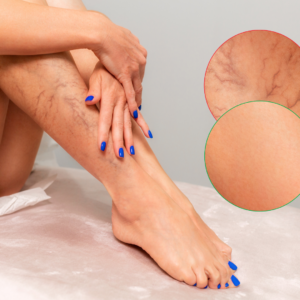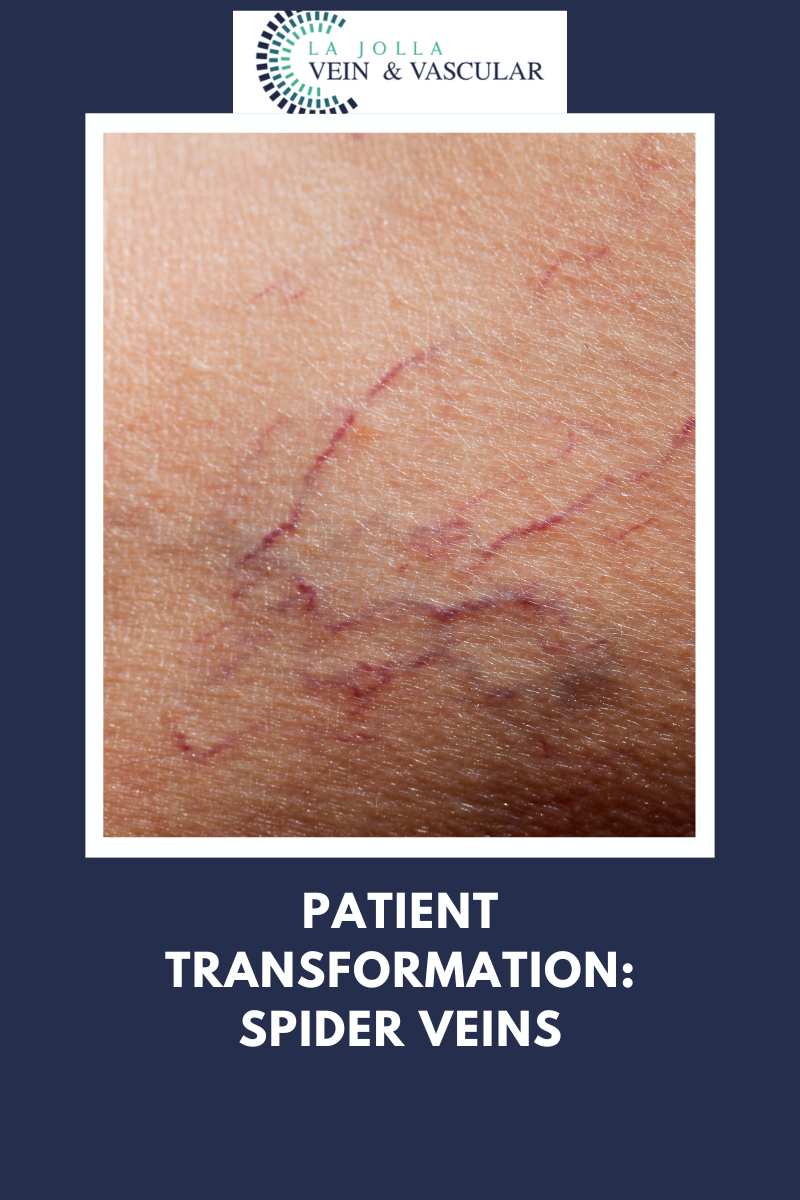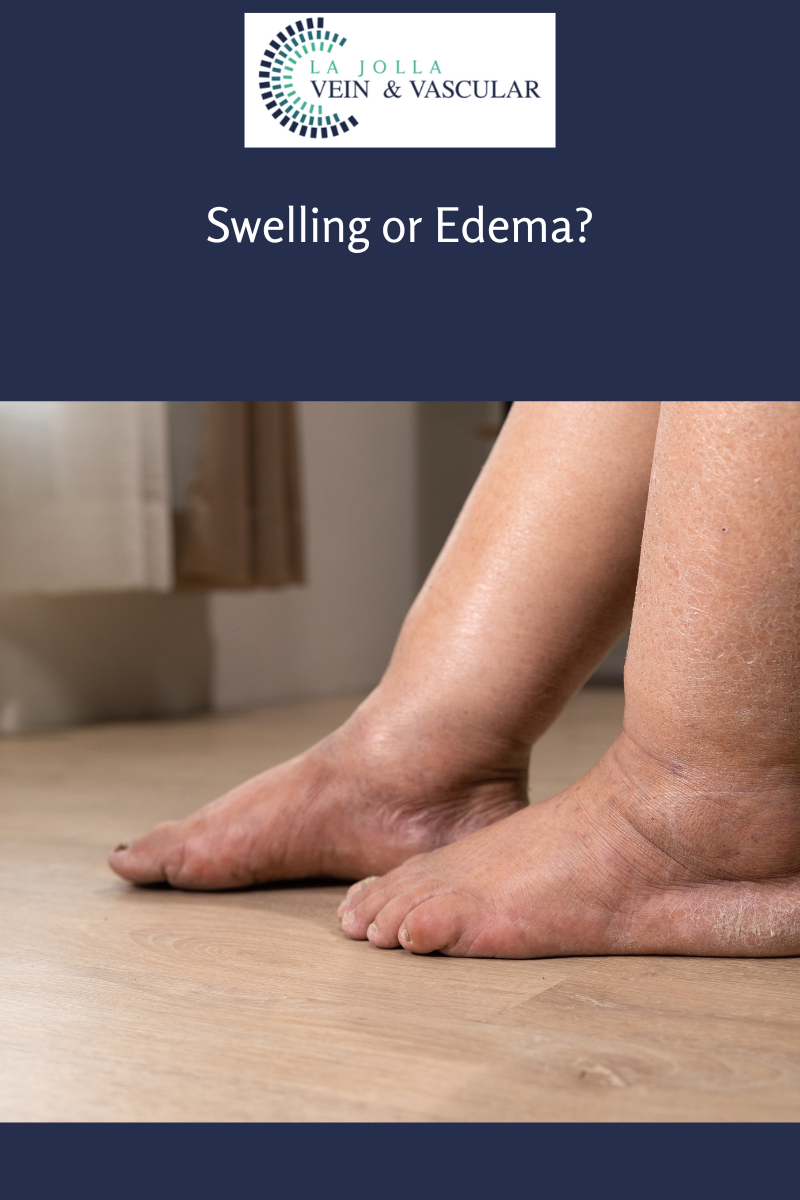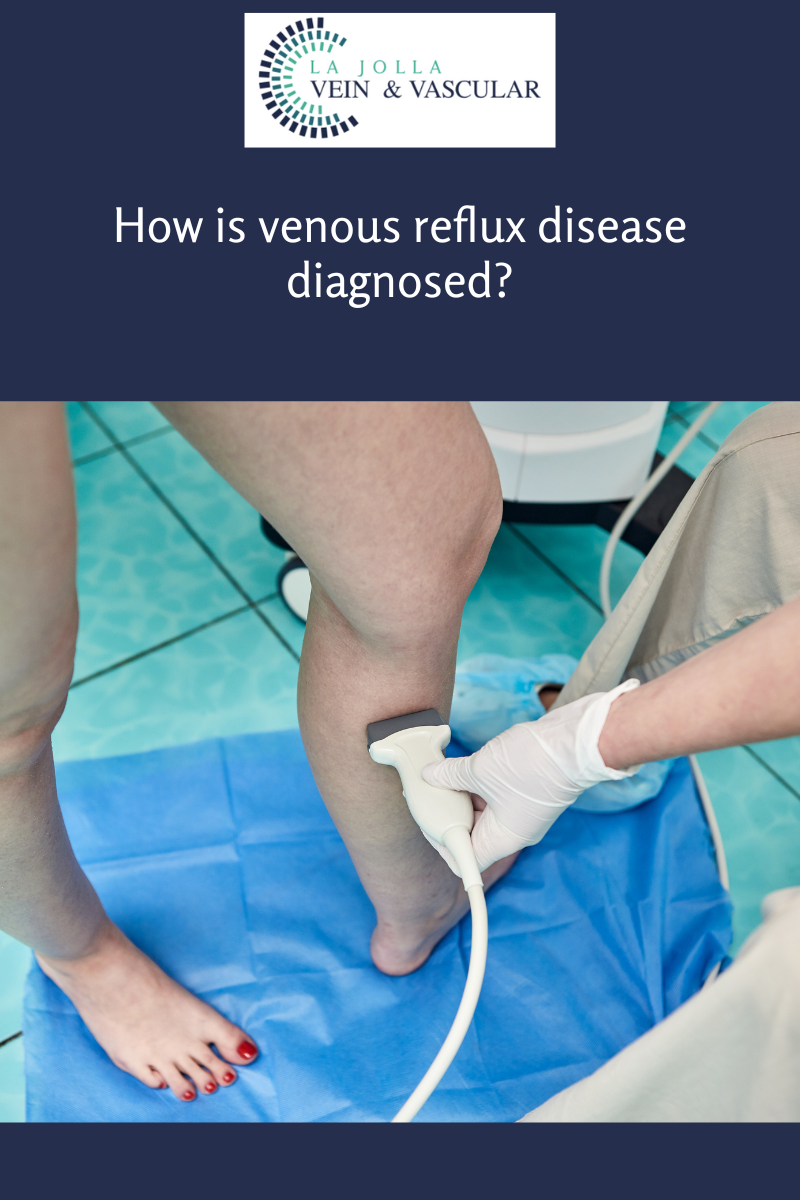Easing leg pain: your comprehensive guide to understanding and relief
LJVascular2025-08-19T16:00:14-07:00Easing leg pain: your comprehensive guide to understanding and relief
Leg pain can arise from a variety of sources, and it’s essential to determine the underlying cause to find the right treatment. In this article, we’ll explore the various factors that can contribute to leg pain, from vascular issues like poor circulation, […]













